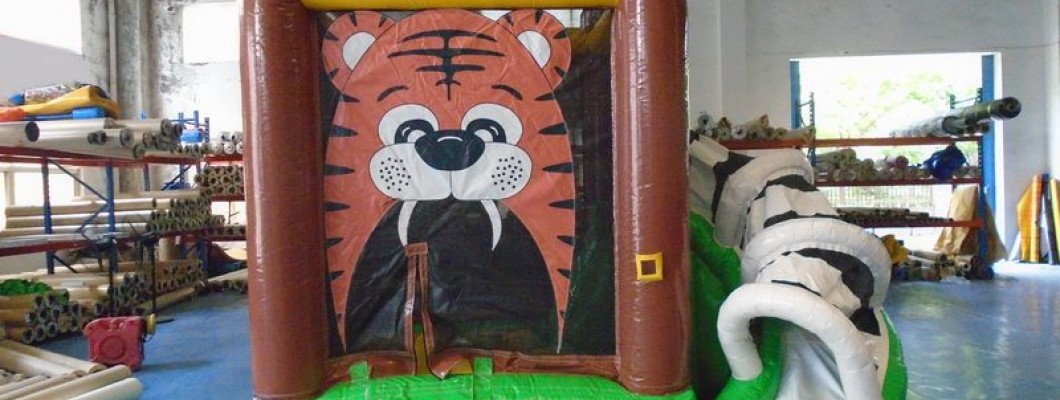
Setting up a jumping castle indoors requires careful planning to ensure safety, functionality, and proper use of space. Here are the key considerations to keep in mind:
1. Space Requirements
Ensure that the indoor space is adequate for the jumping castle:
- Dimensions: Measure the length, width, and height of the room to ensure that the jumping castle fits comfortably and leaves enough space around it for safe play.
- Clearance: Check for overhead obstructions like lights, ceiling fans, or beams that could interfere with the jumping castle’s setup or use.
2. Floor Protection
Protect the indoor flooring from potential damage:
- Protective Mats: Use mats or carpets underneath the jumping castle to protect the floor from scratches and reduce the impact of any accidental bumps.
- Cleaning: Ensure that the floor is clean and free from sharp objects or debris that could damage the jumping castle.
3. Ventilation and Airflow
Ensure proper ventilation for the jumping castle:
- Air Circulation: Make sure there is adequate ventilation in the room to maintain proper airflow, as some jumping castles require continuous airflow to stay inflated.
- Temperature Control: Avoid setting up the jumping castle in a room with extreme temperatures, as this can affect the material and comfort of the castle.
4. Safety Measures
Implement safety measures to ensure a secure environment:
- Secure Setup: Anchor the jumping castle properly if required and ensure it is stable and secure before use.
- Supervision: Always supervise children while they are playing on the jumping castle to prevent accidents and ensure safe play.
5. Noise Considerations
Consider the impact of noise levels:
- Noise Levels: Be aware that the sound of the jumping castle's blower and children playing can be quite loud. Ensure the noise level is acceptable for the indoor environment, especially if the area is shared with other activities.
- Noise Control: If possible, use noise-dampening materials or set up the castle in a part of the building where noise is less of a concern.
6. Accessibility and Egress
Ensure the jumping castle setup does not obstruct pathways:
- Pathways: Leave clear pathways for easy movement and access in and out of the room, ensuring that emergency exits are not blocked.
- Entry and Exit: Make sure there is a safe and easy way for children to enter and exit the jumping castle without risk of tripping or falling.
7. Compliance with Regulations
Check for any local regulations or guidelines:
- Building Codes: Verify that the setup complies with local building codes and safety regulations for indoor structures.
- Insurance: Ensure that you have the necessary insurance coverage if required, especially for public or commercial indoor events.
Conclusion
Setting up a jumping castle indoors involves careful consideration of space requirements, floor protection, ventilation, safety measures, noise levels, accessibility, and regulatory compliance. By addressing these factors, you can create a fun, safe, and enjoyable environment for children to play indoors.
